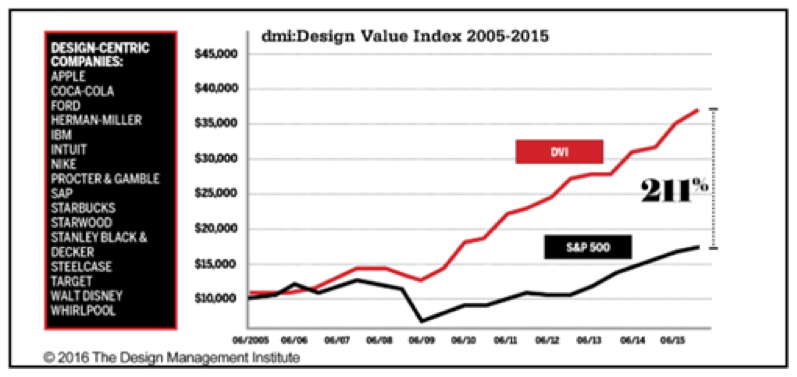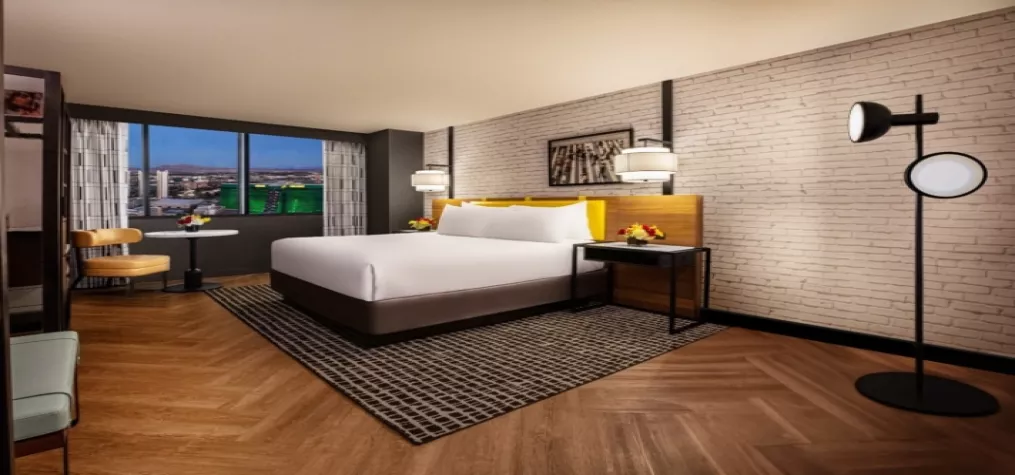“If it looks good, it tastes good.”
This mantra was drummed into my brain in the early days of my working life. I was trained to put massive emphasis on the presentation of my product (the food) at the high-end restaurants where I worked. The reason was simple…and it had a lasting impact on the way I approach my work in my current role as CTO of eventcore. We humans are an emotional bunch, and our emotions are tightly synced with what we see. If the food is beautifully presented, that customer at your upscale restaurant will decide it’s going to be delicious before she takes the first bite. She makes a visual decision about quality almost immediately.
The same holds true in the world of corporate event marketing, where your prospects are making almost immediate decisions about the quality of your organization.
“It takes about 50 milliseconds (that’s 0.05 seconds) for users to form an opinion about your website that determines whether they’ll stay or leave,” writes Peep Laja in ConversionXL, citing neuromarketing research.
From that first email invitation or split-second glance at your event registration platform, potential attendees make snap judgments about your event, your brand, and how they feel about both.
The lasting importance of first impressions
Like that first look at their meal, the consumer doesn’t make these initial judgments consciously. Rather it’s an overall impression of quality, or lack of it, that triggers their emotional feedback. Is it what I expected? Does it match what I already know about this brand and this event? Or is there some dissonance there?
Companies put enormous resources into building a consistent and strategic brand identity, with good reason. A study from the Design Management Institute tracked stock values of brands that met specific design management standards, and compared them to the S&P index overall.
The results were impressive: “2015 results show that over the last 10 years design-led companies have maintained significant stock market advantage, outperforming the S&P by an extraordinary 211%,” the article notes.

Cross-platform brand consistency is clearly a key component to overall success. Yet in the event planning industry, there is often a huge gap. Too many otherwise brand-savvy companies resort to “good enough” when it comes to creating their event marketing channels. They are forced into using templates that don’t quite match their usual layout, or picking colors from predetermined palettes that aren’t exact matches to their brand’s carefully selected colors.
The result is an emotional disconnect, with potentially disastrous results, warns Alex Walker in Sitepoint, who gives the example of Green Pastures milk company and the dusty brown they used on their package.
“While some people feel the sensation more acutely than others, most of us feel some sense of mental discomfort when we notice oddities like this,” Walker writes. This kind of cognitive dissonance, Walker notes, results in one of two behaviors:
1. we try to remove or resolve the discomfort; or
2. we avoid the discomfort in the future.
It’s not hard to understand the impact on your event marketing if those “almost right” colors or “pretty close” page templates are causing this kind of reaction in your audience.
Leveraging the power of your brand in your event channels
Good design, on the other hand, can be a strong driver of ROI and bottom line growth, according to Elle Morris writing in Forbes.
“As a way for brands to create repetition and recognition, a long-standing rule of thumb is to invest in three visual assets, such as color, shape and pattern, that when used correctly — over time and with the right amount of repetition — can develop a brand rhythm,” Morris writes. “This rhythm sets a mood that reinforces the look and feel of the product or message. Every visual choice should ideally be driven by the brand's promise, equity, heritage and consumer-facing choices so when people begin relating to or attaching meaning to the brand, it's authentically transferring meaning from the brand's functional attributes to its emotional benefits and hopefully its emotional value/purpose.”
Again, we see it coming back to emotions, those subtle yet incredibly powerful drivers that turn invitees into attendees, and attendees into long-term fans. And when you are marketing an event, the stakes are high. Get it right and you have an incredible opportunity to extend your brand presence across all channels.
Emotional marketing in the age of connection
Events present a natural crossover opportunity with other types of marketing strategies,” says branding content expert Jonathan Crowl in Skyword.
“When properly incorporated into the event, [your branded content] can enrich the event experience, support efforts to deepen relationships, and solidify new connections fostered by the event.”
Crowl stresses the importance of treating your event’s content – no matter where it appears – as a channel in your brand’s overall strategy. This means that your brand standards – logo, color, imagery, voice, tone and other elements of your brand’s style – must be present to take full advantage of the marketing potential of your event.
“Every aspect of your event marketing must look, feel and act like it’s an integrated part of your existing brand.”
“Apple may be the perfect example of a company that utilizes emotions to create a connection with consumers and brand loyalty over time,” writes Shayna Smilovitz in InstaPage. “Apple’s branding strategy uses simplicity, a clean design and most importantly, a desire to become part of a lifestyle movement. This well-crafted desire appeals to our most basic emotional need: to be part of something bigger than ourselves.”
As companies become more focused on building brands and growing communities, rather than simply selling products, this kind of trust is paramount to building long-lasting and profitable relationships.
Design matters. It matters to our brand integrity, and it matters to our audience. In the event world, a cohesive brand design can mean the difference between immediate recognition, or nagging unease.
If your event tech isn’t up to the challenge of providing consistent branding across all marketing channels, talk to us. We’d love to help.



